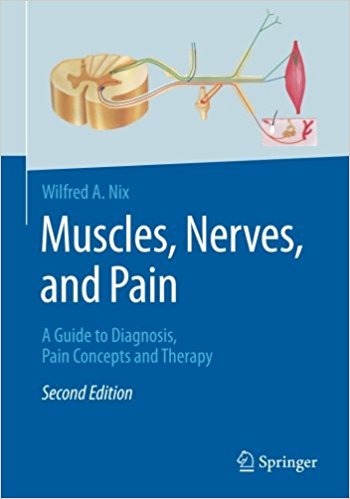Feeling Pain and Being in Pain (MIT Press) second edition Edition

[amazon_link asins=’0262517329′ template=’ProductAd’ store=’aishabano-20′ marketplace=’US’ link_id=’9aafc811-5168-11e8-a521-05c89a2fb919′]
An examination of the two most radical dissociation syndromes of the human pain experience―pain without painfulness and painfulness without pain―and what they reveal about the complex nature of pain and its sensory, cognitive, and behavioral components.
In Feeling Pain and Being in Pain, Nikola Grahek examines two of the most radical dissociation syndromes to be found in human pain experience: pain without painfulness and painfulness without pain. Grahek shows that these two syndromes―the complete dissociation of the sensory dimension of pain from its affective, cognitive, and behavioral components, and its opposite, the dissociation of pain’s affective components from its sensory-discriminative components (inconceivable to most of us but documented by ample clinical evidence)―have much to teach us about the true nature and structure of human pain experience.
Grahek explains the crucial distinction between feeling pain and being in pain, defending it on both conceptual and empirical grounds. He argues that the two dissociative syndromes reveal the complexity of the human pain experience: its major components, the role they play in overall pain experience, the way they work together, and the basic neural structures and mechanisms that subserve them.
Feeling Pain and Being in Pain does not offer another philosophical theory of pain that conclusively supports or definitively refutes either subjectivist or objectivist assumptions in the philosophy of mind. Instead, Grahek calls for a less doctrinaire and more balanced approach to the study of mind–brain phenomena.









